Mechanics of bio-membranes: from proteins to cell protrusions
-
Date:
July 11
-
Speaker:
Nikhil Walani (presenting on behalf of Marino Arroyo, Universitat Politecnica de Catalunya, Spain)
-
Time:
11:35 - 12:10
-
Cellular membranes are an integral and functional part of biological cells that encapsulate the cell and various organelles within it. Mechanically, they are bendable fluid shells and are dynamically shaped by a host of proteins for various biological and physiological functions such as transport of collagen between organelles, uptake and release of nutrients via membrane bound vesicles, maintaining structural integrity during cell migration or when cells are subjected to external forces and stretches. Experimentally, shaping capability of proteins have been studied both in model systems such as lipid membrane vesicles or supported lipid bilayer subjected to protein solution or in cells by genetically knocking off proteins and comparing their mechanical response with that of wild type cells Shi and Baumgart (2015); Sinha et al. (2011). Most of these proteins range from 1-10 nm while the membrane shapes they generate range from spherical buds of ∼100 nm in diameter to tubular domains which can reach several μm, thereby showing how a synergetic effort of proteins is required to shape membranes. Accessing the length scales to understand how proteins cooperate to morph the membranes for dynamic events can be challenging experimentally, signifying a need for theoretical and computational models. Atomistic molecular dynamics and coarse grained molecular dynamic simulations are useful in understanding molecular details that influence protein-protein and protein-membrane interactions but it still remains a challenge to access relevant length and time scales. A way forward is to obtain dominant modes of molecular level interactions and feed them into continuum models to study dynamics at mesoscopic scales. In this contribution, I will discuss how we use mean field density functional theory to understand ordering of anisotropically shaped BAR domain proteins Tozzi et al. (2021). Further, using Onsager’s principle of irreversible thermodynamics, I will show how we model protein evolution through diffusion and sorption on a viscous bendable membrane Tozzi et al. (2019); Le Roux et al. (2021) and understand membrane morphing by proteins.
References
Anabel-Lise Le Roux, Caterina Tozzi, Nikhil Walani, Xarxa Quiroga, Dobryna Zalvidea, Xavier Trepat, Mar- garita Staykova, Marino Arroyo, and Pere Roca-Cusachs. Dynamic mechanochemical feedback between curved membranes and BAR protein self-organization. Nat. Commun., 12(1):6550, November 2021.
Zheng Shi and Tobias Baumgart. Membrane tension and peripheral protein density mediate membrane shape transitions. Nat. Commun., 6:5974, January 2015.
Bidisha Sinha, Darius Köster, Richard Ruez, Pauline Gonnord, Michele Bastiani, Daniel Abankwa, Radu V Stan, Gillian Butler-Browne, Benoit Vedie, Ludger Johannes, Nobuhiro Morone, Robert G Parton, Graça Raposo, Pierre Sens, Christophe Lamaze, and Pierre Nassoy. Cells respond to mechanical stress by rapid disassembly of caveolae. Cell, 144(3):402–413, February 2011.
C Tozzi, N Walani, and M Arroyo. Out-of-equilibrium mechanochemistry and self-organization of fluid membranes interacting with curved proteins. New J. Phys., 2019.
Caterina Tozzi, Nikhil Walani, Anabel-Lise Le Roux, Pere Roca-Cusachs, and Marino Arroyo. A theory of ordering of elongated and curved proteins on membranes driven by density and curvature. Soft Matter, 17(12): 3367–3379, March 2021.

